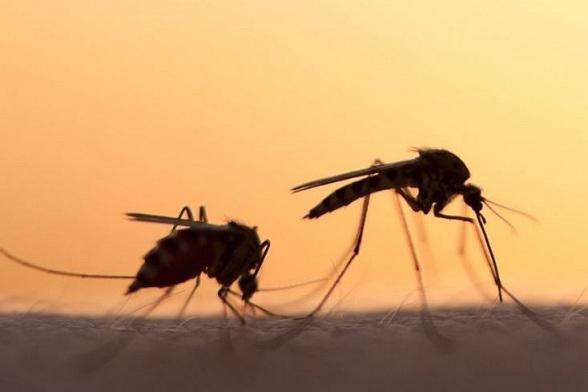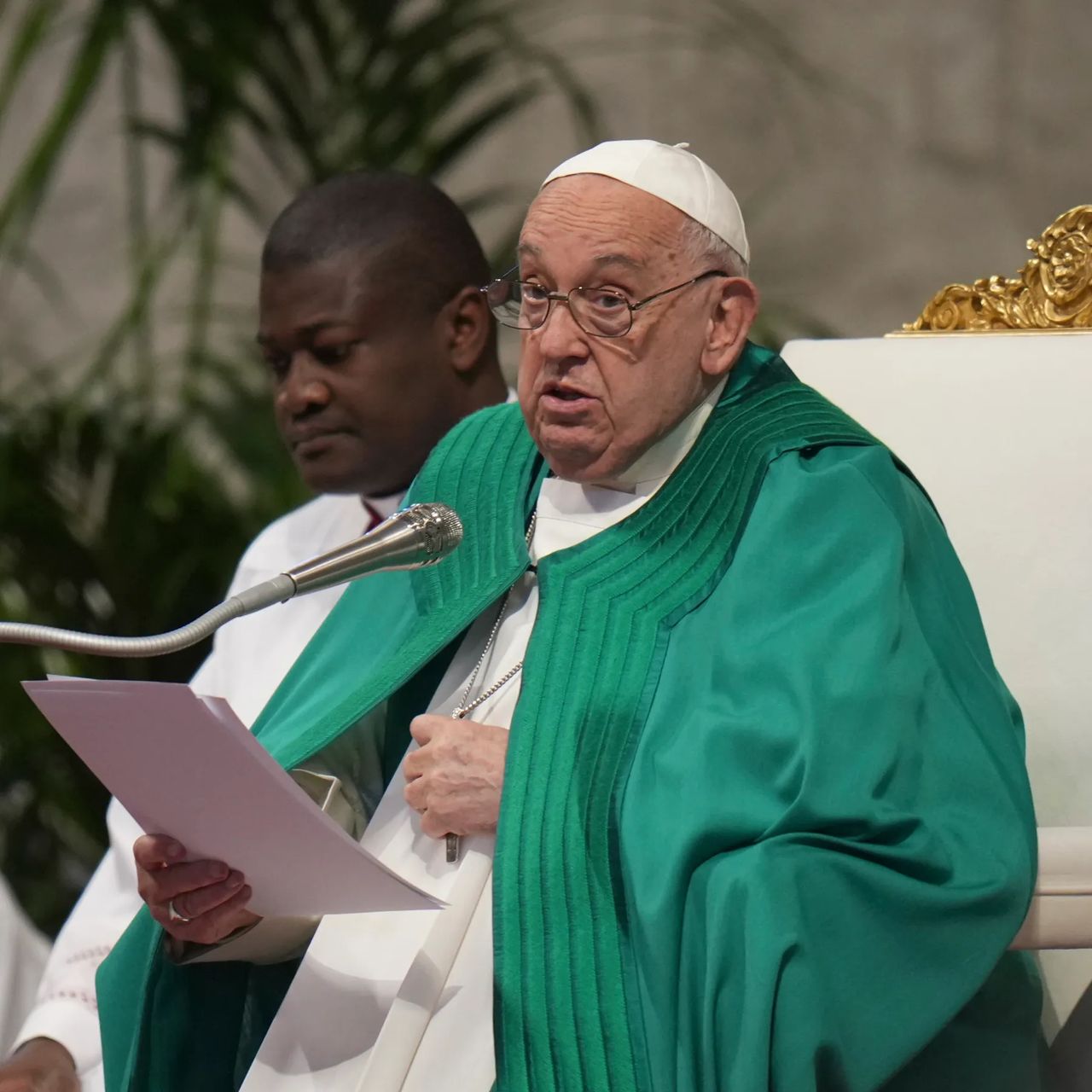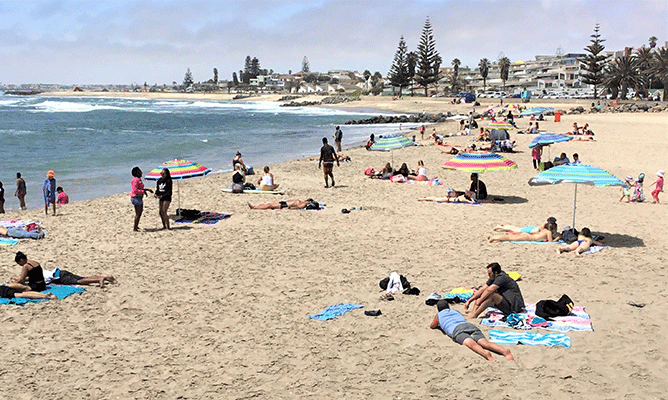The Ohangwena region has recorded about 609 cases of malaria as of 16 December.
This was revealed by Ohangwena governor Sebastian Ndeitunga earlier this week during the launch of the region’s festive season operations.
He said people travelling to the region should take precautions to prevent getting malaria.
“The region is currently experiencing an increase in malaria cases, and in the same vein I would like to thank the regional directorate of health and social services for their effective response to the rising incidence of malaria in the region,” Ndeitunga said.
Executive director of health and social services Ben Nangombe on Thursday confirmed the upsurge in malaria cases.
He said the increasse has been noted since August.
Nangombe said the situation also affects other regions, such as the Zambezi, Kavango east and west, Oshana, Omusati and Oshikoto regions.
He, however, pointed out that the Ohangwena region is the most affected, with more than 600 cases reported in December alone.
“The situation is of quite serious concern. In August we launched the indoor residual spray initiative in identified areas.
“By last week, the three health districts of Ohangwena, namely Eenhana, Okongo and Engela, reported a staggering number of people who went to hospital due to malaria,” Nangombe said.
He said the Ministry of Health and Social Services is monitoring the situation, and data collected has revealed that most of the reported cases have been imported from neighbouring Angola.
“What we are doing now is test and treat on the spot,” he said.
The ministry is urging people to use mosquito nets, cover up properly in the evening, and seek medical attention when feeling unwell.
Nangombe said the ministry has deployed community health workers in malaria-prone areas to inform community members how to detect and respond to outbreaks.
Stay informed with The Namibian – your source for credible journalism. Get in-depth reporting and opinions for
only N$85 a month. Invest in journalism, invest in democracy –
Subscribe Now!










